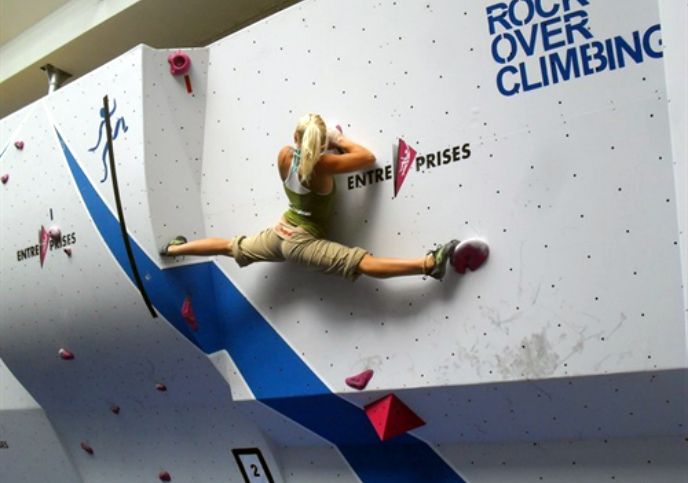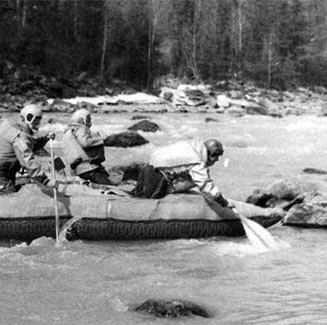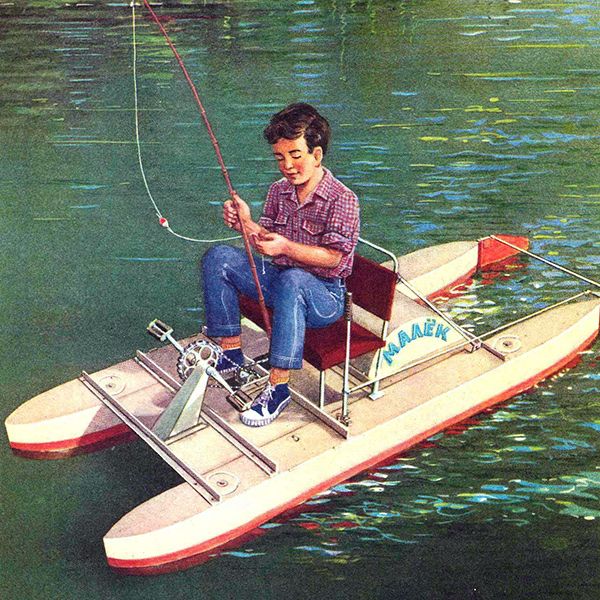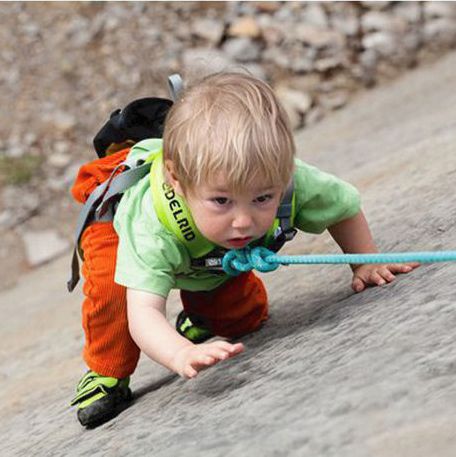 Climber's Exercises and Diet
_Take a deep breath, arms wide,
Climber's Exercises and Diet
_Take a deep breath, arms wide,
No rush, three-four,
Spirit, grace, and suppleness…_
Who doesn’t know Vladimir Vysotsky’s song “Morning Exercise”?
But very few of us actually do morning exercise every day because of LAZINESS. And a climber can’t afford to be lazy, even a beginner. To reach incredible heights on super-challenging rock routes, warm-ups must be done regularly.
Climbing shoes for beginners ->
The top priority is strengthening the back and arm muscles. This means learning how to do pull-ups well, aiming to gradually increase the number of repetitions. The key is proper form: no swaying while pulling up.
If you can easily pull yourself up 15 times, you can move on to the more advanced variation — pull-ups with weights.
The ultimate goal is to master one-arm pull-ups. This will be a huge advantage when navigating rocky trails.
For arm strength, a variety of general fitness exercises are suitable:
Push-ups;
Dumbbell exercises;
The “plank” pose.
It’s also essential to perform exercises that strengthen the grip and hands. Here, none other than the good old friend — the rubber hand expander — will be perfect.
What else is essential for climbing ->
However, strengthening your arms should not become the sole focus. Otherwise, you’ll end up with a bodybuilder rather than a climber.
A climber requires flexibility and suppleness. Activities like yoga and Eastern techniques (wushu, aikido) can help in this regard. Stretching exercises require consistency.
Mastering the splits can prove beneficial many times over when navigating a rock route. During your climbing training , try practicing both side and front splits.
Don’t forget about your core either. A strong core, paired with a sturdy back and arms, will be invaluable on a climb.
Learn about climbing equipment ->
It’s hard to say which exercises are the most important for a climber. One thing is clear though: strength exercises should alternate with stretching, and dynamic moves with static ones.
No need to go far — build your own climbing wall ->
Physical exercises combined with technique improve balance and strengthen your vestibular system.
Diet
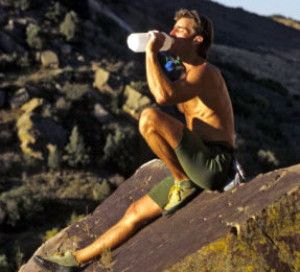 Climber's Diet
My climber friends always ask those heading for the route (especially beginners): “Did you eat halva?”
Climber's Diet
My climber friends always ask those heading for the route (especially beginners): “Did you eat halva?”
It turns out there’s an old climbing folk tale. Two climber friends went out to climb and practice. Both were pros, handling 8B routes with ease. But there was this simple rock, the weather was perfect, and yet one of them just couldn’t complete the route. The other laughed and asked, “Did you eat halva before heading out? I did, and now my hands stick to the rock like glue!” And that’s how it started…
Of course, it’s a joke. But there’s a grain of truth in every joke. Climbers need a lot of energy, and carbs are where that energy resides.
The key is moderation, so that an elegant climber doesn’t morph into Winnie-the-Pooh pretending to be a cloud. After all, the lighter the athlete, the easier it is for them to climb.
A climber’s diet should consist primarily of slow carbohydrates and proteins.
When climbing a route, a lot of calories are burned. Therefore, before embarking on a climb, it’s beneficial to eat porridge, dried fruits, or halva. Protein-rich foods are ideal for recovery.
Back to the basics — climbing techniques and rankings ->
It’s helpful to follow general recommendations for proper nutrition:
A light carbohydrate snack an hour before training;
No climbing or exercise on a full stomach;
A hearty meal three hours before training;
Follow a hydration regimen as athletes lose a lot of fluids;
During extended climbing activities, a carbohydrate snack (banana, dried fruits, chocolate) is necessary.
As for alcohol, it can only harm. It disrupts coordination, robs climbers of their balance, and triggers reckless “let’s give it a shot” behavior.
Watch a movie about a climber stuck in a rock -> A rock climber, like any athlete, is not only about a healthy spirit but also a healthy, well-trained body. The great rock climbers of Russia are proof of this.
Video
Your secret to success lies in physical training:
